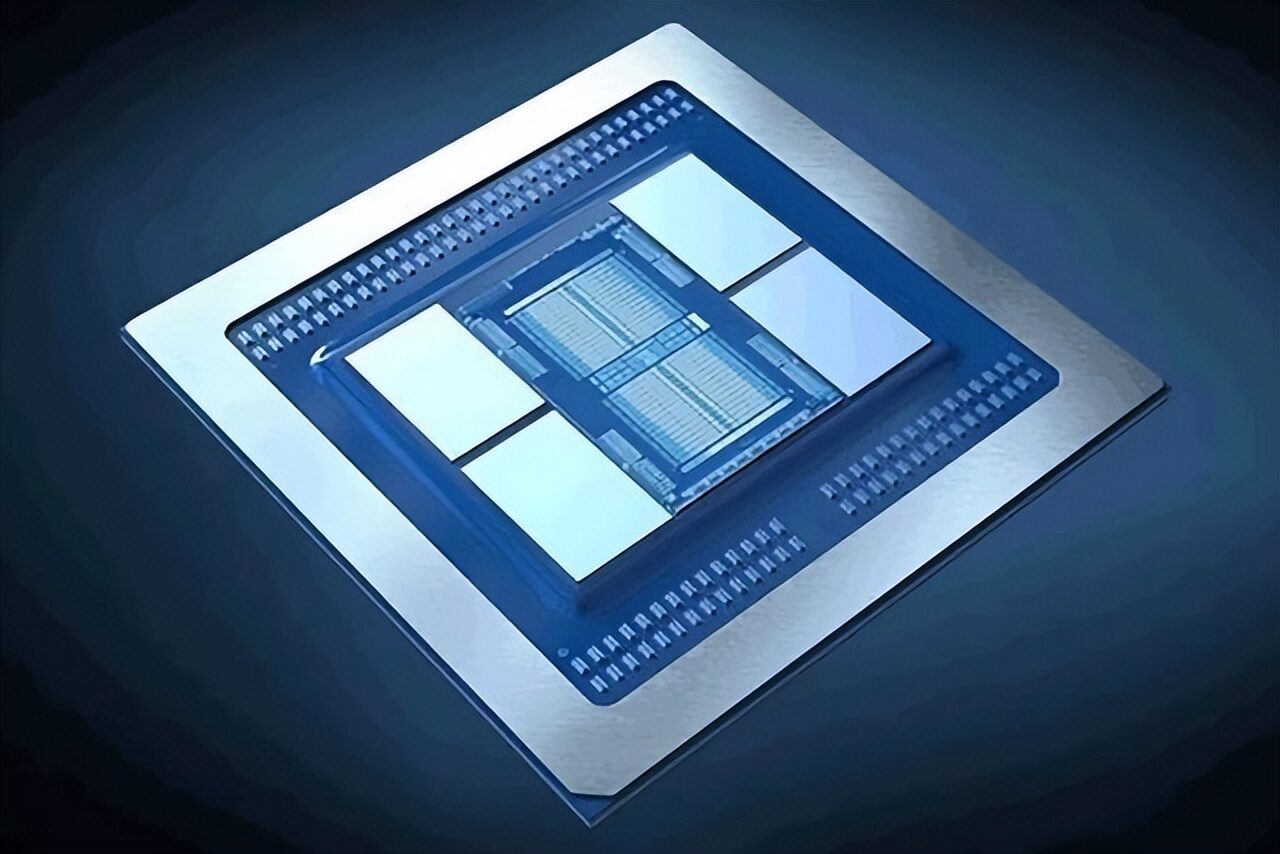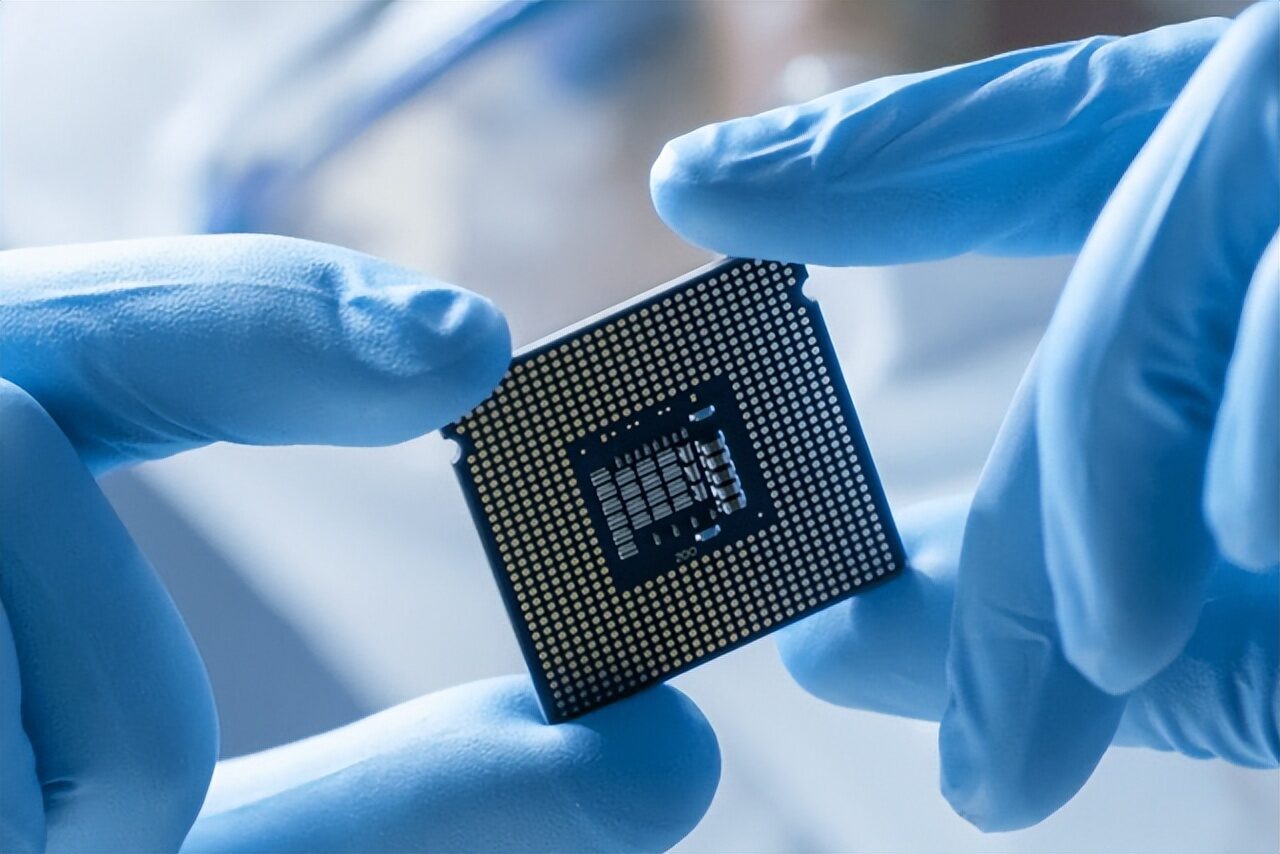
China's first 4-nm chip
Recently, the National Supercomputing Center of China (NSCC) announced that it has successfully achieved the packaging of China's first 4-nm chip and has already applied the chip in computer clusters. This signifies another advancement for China in chip packaging technology, opening up a new path for enhancing chip performance in the country.
Advanced packaging technology has gained attention due to the current development of advanced processes reaching a bottleneck. Both TSMC and Samsung announced the mass production of 3-nmprocesses last year. However, Samsung's 3-nm process has been criticized for its extremely low yield rate, estimated to be around 10% to 20%. The abysmally low yield rate leads to high costs, and it is still unknown which customers are using Samsung's 3-nm process.
TSMC also announced the mass production of its 3-nm process at the end of last year, but it is expected that only Apple will be using this process. Apple is projected to start adopting this process for the production of their A17 processors in June. In the past, whenever TSMC began mass production of advanced processes, Apple and other clients immediately adopted them. However, this time, the 3-nm process has been delayed by six months. Industry experts believe that Apple was dissatisfied with the limited performance improvement and high cost of TSMC's 3-nm process, which compelled TSMC to refine it to the second generation 3-nm process, known as N3E, before Apple agreed to use it.

A technician holds one of China's new 4-nm computer chip
There are two types of chiplet technology. One involves packaging similar chips of the same process together, such as Apple's M1 Pro MAX, which combines two M1 chips in a special way to significantly enhance performance. The other type involves packaging chips of different processes together, aiming to improve overall performance by reducing communication time between the chips.
There are two chiplet packaging technologies, both of which are being developed by companies in China. The first one is chip stacking technology proposed by a technology company in Shenzhen, China. This technology integrates two 14-nm chips to achieve performance close to a 7-nm process. It has already been patented.
China's largest packaging company, JCET (Jiangsu Changjiang Electronics Technology), has developed 4-nm chiplet packaging technology, which has reached a leading global level. It can package chips of different processes together to achieve superior performance. The maximum package size reaches 1500 square millimeters, meeting the performance demands for advanced chips in multiple industries in China.
To accelerate the development of advanced packaging technology in China, over 60 domestic companies have joined forces to establish standards for data transfer rates, interfaces, and other technical specifications for related products. They have released their own chiplet technology standard called "Cliplet." China has a strong level of autonomy and a leading edge in chiplet technology, supported by various advanced packaging technology companies in the country. Among the top ten packaging companies globally, seven are Chinese enterprises, while mainland China alone has three packaging companies, whereas the United States has only one.
It is speculated that the NSCC may have collaborated with domestic advanced packaging companies to adopt advanced packaging technology. For supercomputers, they have larger space, and the power consumption issues that come with advanced packaging technology can be addressed. Therefore, it is reasonable to assume that they have taken the lead in applying the leading-edge 4-nm packaging technology.
China's pioneering commercialization of advanced packaging technology has provided a new development path for the Chinese chip industry. It can alleviate to some extent the impact of advanced processes on the domestic chip industry. After all, apart from a few industries such as PCs and smartphones, mature process technologies can be adopted for the majority of chip demands in the country. Mature process technologies can meet around 70% of domestic chip requirements, and when combined with advanced packaging technology, they can further enhance the competitiveness of domestic chips.
Well - it just depends on how many of the chips get made, but even when efficiencies of scale are achieved, I suspect it would surprise some just how much energy it takes to make such a small itty bitty chip with wiring so close.....
Seems to me, at some point, it makes more sense to keep ones home warm.